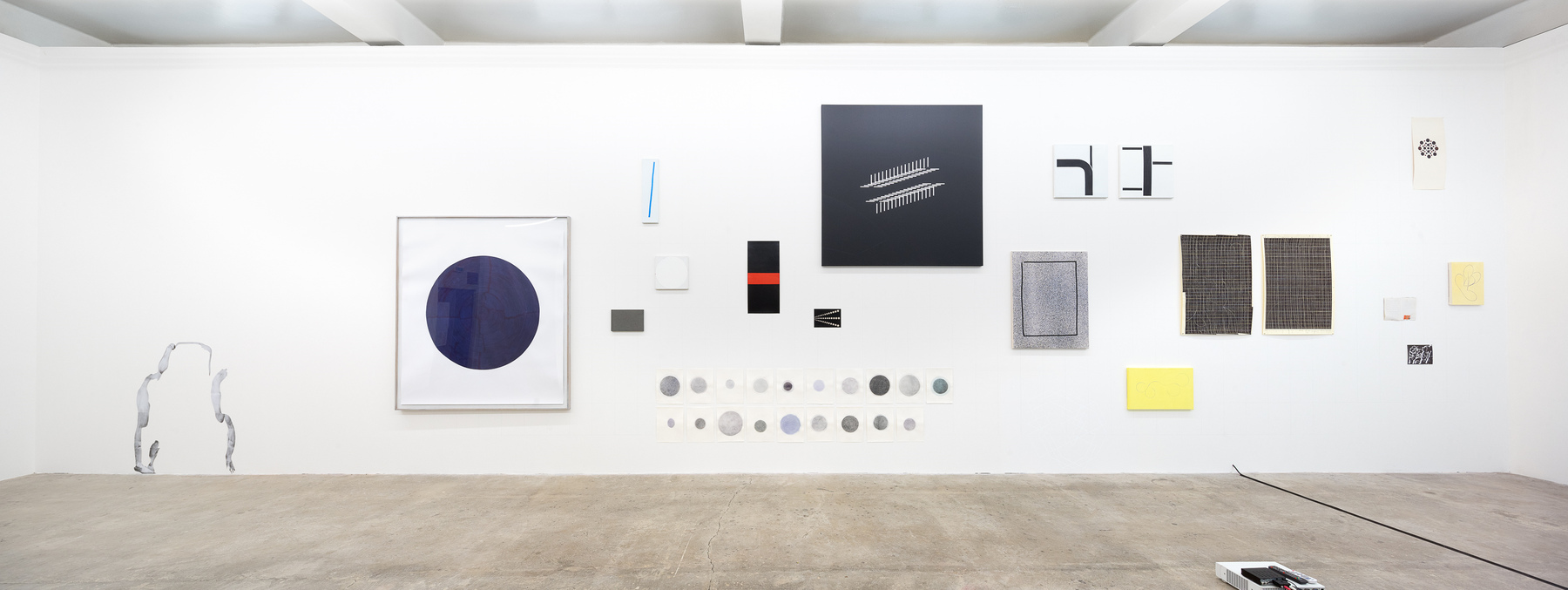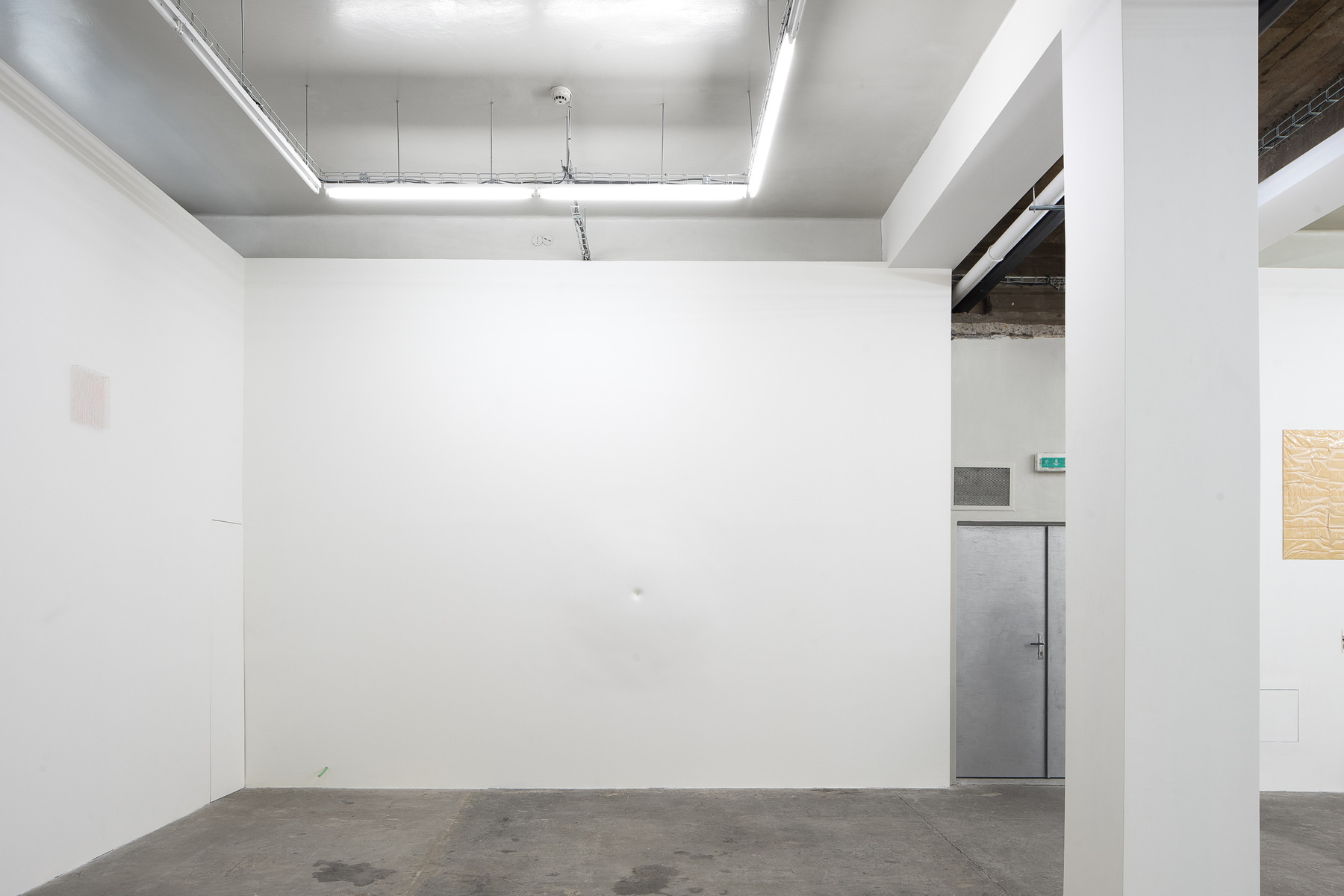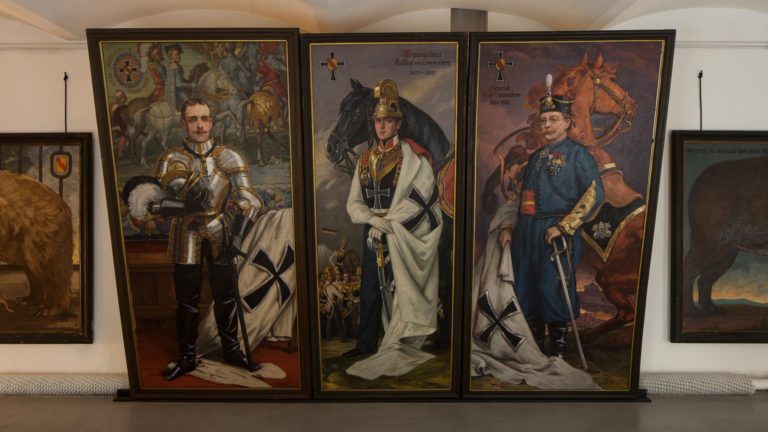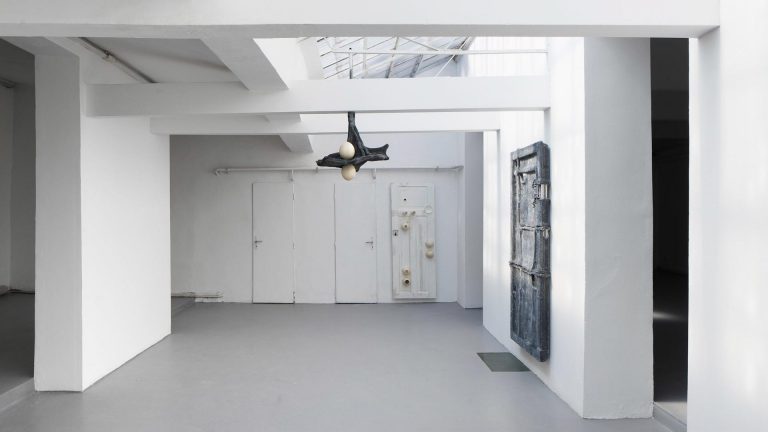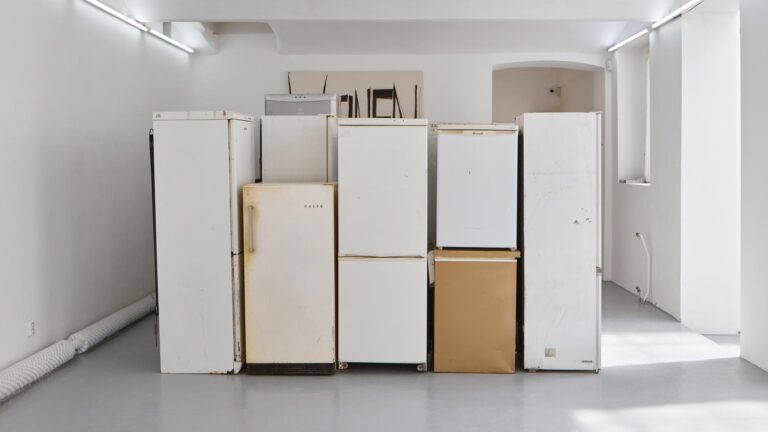Artists: Tomáš Bárta, Michał Budny, Dominik Gajarský, Ivars Gravlejs, Jan Haubelt, Daniel Hanzlík, René Hábl, Helena Hladilová, Krištof Kintera, David Krňanský, Václav Krůček, Pavel Korbička, Jan Nálevka, Alice Nikitinová, Markéta Othová, Patrik Pelikán, Jana Peterková, Michal Pěchouček, Jan Šerých, Jiří Thýn, Pavla Tichá, Jan Turner
Exhibition title: Absolute Beginners
Curated by: Jaromír Novotný and Pavel Švec
Venue: SVIT, Prague, The Czech Republic
Date: July 18 – August 26, 2017
Photography: all images copyright and courtesy of the artists and SVIT, Prague
Note: Exhibition booklet can be found here
… We shall start out from the one point accessible to us, the one eternal center of all things – man, suffering, striving, doing, as he is and was and ever shall be… We shall study the recurrent, constant, and typical as echoing in us and the intelligible through us.
Jacob Burckhardt: Lectures on History, 1868
It existed: nameless. It was simply there.¹
They reached out for their visions, charged with emotions, and they tried to touch them, fix them to a certain place – perhaps with fingers to a soft surface. They did not invent images. They just touched what had already been there.²
A closer and more direct way of communication between the artist and his work can hardly be imagined.²
… art was predominantly an activity, a real act of creation. The aesthetic element was associated to it later, as a certain extension…³
The purpose of paintings is not “to look like something” that exists in the real world, as we often think.²
Most pictures, beyond any doubt, in some way or other refer to the spiritual world. They are, after all, painted on a “curtain” which separates the material and immaterial realms.²
—
Many researchers of world reputation attempt to explain the sense and purpose of this art that keeps offering new and new stimulations.⁴
Simple drawn lines reached new levels of elegance and accuracy here.³
… the works are anonymous, but the influence of the “masters” is strongly present in them…³
… we are confronted by great abstract symbols which have no counterparts in the world of reality. To us they have no direct significance. They are (…) forms which appeal to the senses immediately. They impress us, even if we are unable to decipher their meaning.¹
The imagination of this period seems to have been obsessed by an urge to express its emotional and spiritual life through abstract figures and symbols. (…) It must have been a tormented period…¹
—
Apart from that, symbols arranged into columns appeared. They might have had symbolic meanings or were purely random.³
Some of these will hold their secret forever, the signification of others is manifold.¹
The typical serpentine patterns are probably derived from geometrical mental images “installed” in the human brain which get activated in altered states of consciousness.²
Synapses “spring up” more or less randomly and the brain tries to find some sense in the resulting flow of mental images.²
… we can assume that their consciousness was just as changeable and fragmented as ours although their view of its different states and the value that they attributed to them was to a large extent culturally conditioned.²
—
The paintings (…) are by no means just a spectacle for the viewers; some of them spring out of the basic metaphor.²
These creations made of light and darkness, more than any other works of visual art (…), tell the story of the complex interaction between the human being and spirit, artist and his work, viewer and image.²
—
… all this complex of activities, which is seemingly irrational, had a hidden sense in the society of that time.⁵
The wall itself had its meaning, too; it was not just a mere neutral background for the images.²
The images were not just painted on the rock walls, they were rather released or coaxed out of a living membrane (…) which separated the creator from the spiritual world.²
In other words; they looked through the membrane and participated at the happenings on the other side – in the world of spirits.²
By depicting the spiritual world, the people simultaneously co-created it; this world was created in increments. Each image helped make the underlying spirituality visible.²
—
(1) Sigfried Giedion: The Eternal Present / The Beginnings of Art, 1962
(2) David Lewis-Williams: The Mind in the Cave: Consciousness and the Origins of Art, 2007
(3) Louis-René Nougier: Prehistoric Art / History of Art I, José Pijoan, 1977
(4) Akademik Josef Poulík: in his foreword to the book The Masters of a Stone Chisel, 1986
(5) Jiří Svoboda: The Masters of a Stone Chisel – The Art of Prehistoric Hunters, 1986
In the loneliness of the vast space lit by the feeble light of our lamps only, we got an uncanny feeling. All was so beautiful, so fresh – almost too fresh. The time stopped existing – as if dozens of thousands of years did not separate us from the creators of the paintings. As if these masterpieces were created just a while ago. Suddenly, we felt as intruders. We were deeply moved and overwhelmed by the feeling that we were not alone there; that we were surrounded by souls and spirits of those artists. We thought we felt their presence; and we were disturbing them.
Chauvet et al. (1996, 41-42)


